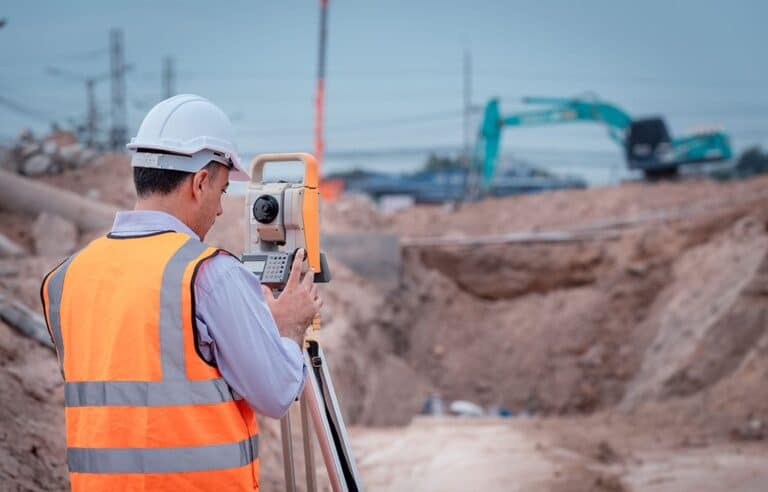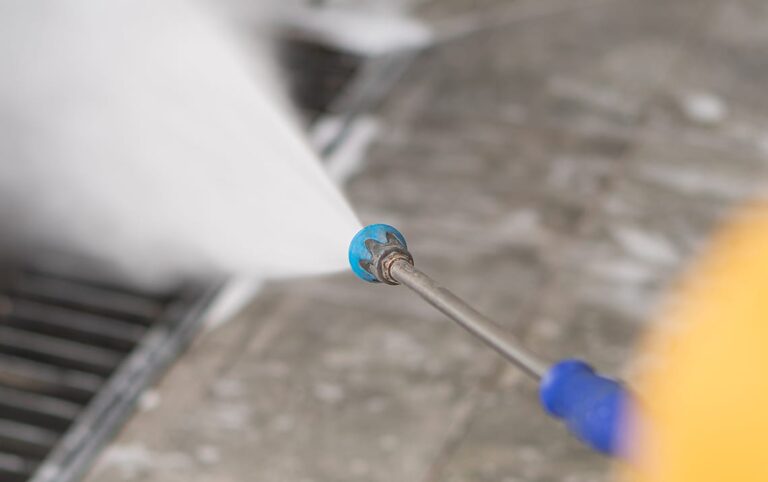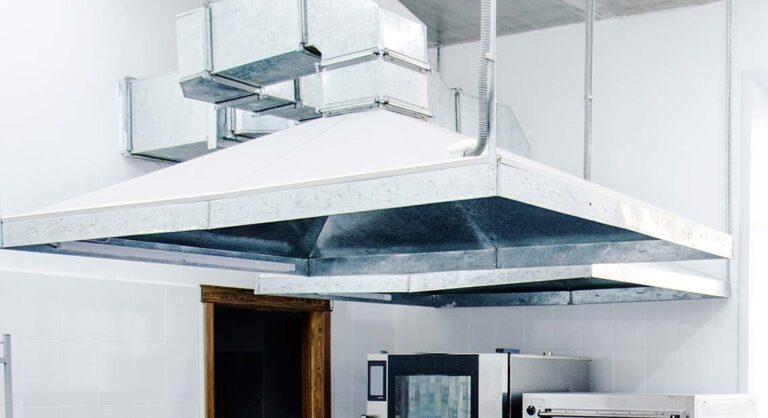Real-Time Monitoring: As the camera maneuvers through pipes or sewers, it captures high-resolution video footage transmitted to a monitor above ground. This real-time monitoring allows technicians to promptly identify and assess various issues, including cracks, corrosion, blockages, or other defects.
Versatile Use: CCTV pipe and sewer inspections find widespread application in commercial, industrial, and residential settings. Suitable for a variety of pipes such as storm drains, sanitary sewers, and water mains, these inspections cater to diverse infrastructure needs.
Advantages:
Non-Invasiveness: A key advantage of CCTV pipe and sewer inspections lies in their non-invasive nature. This eliminates the necessity for digging or excavation, streamlining the inspection process, reducing costs, and minimizing disruption to the surrounding environment.
Overall Benefits:
Early Issue Identification: CCTV pipe and sewer inspections serve as a proactive tool for early identification and resolution of plumbing issues. By detecting defects in their initial stages, property owners can effectively save time and money on repairs, safeguarding their property from potential damage.
The CCTV pipe and sewer inspection methodology stands as a valuable and efficient approach to assess underground infrastructure. Its non-destructive nature, real-time monitoring capabilities, versatile applications, and the advantage of early defect identification collectively contribute to a streamlined and cost-effective inspection process.









